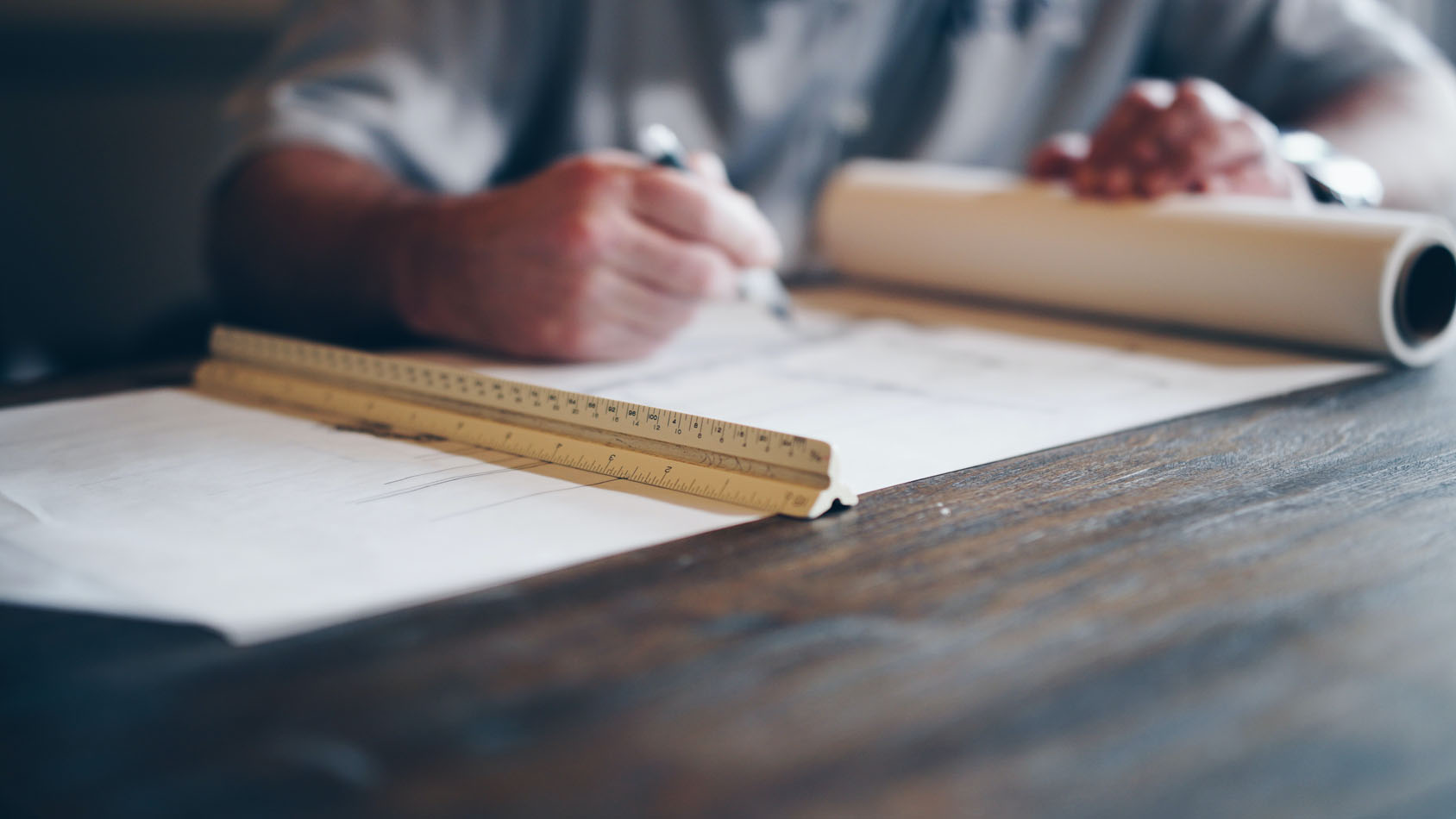Leading a Laboratory Refurbishment

Leading a laboratory refurbishment in the UK involves overseeing the process of renovating or upgrading an existing laboratory facility to meet specific requirements, enhance functionality, improve safety, and comply with relevant regulations. This can be a complex project that requires careful planning, coordination, and collaboration with various stakeholders. Here are the critical steps involved in leading a laboratory refurbishment in the UK:
Project Initiation
Begin by clearly defining the goals and objectives of the laboratory refurbishment. Identify the specific needs, such as updating equipment, improving workflow, increasing capacity, or enhancing safety standards. Establish a project team consisting of key stakeholders, including scientists, facility managers, architects, contractors, and health and safety representatives.
Budgeting and Funding
Determine the budget for the refurbishment project, considering factors such as equipment costs, construction materials, labour, and any additional expenses like permits or compliance requirements. Explore potential funding sources, which may include grants, institutional budgets, or external sources.
Planning and Design
Work with architects, engineers, and laboratory design specialists like ourselves to develop a detailed refurbishment plan. Consider factors such as layout, workflow optimization, ventilation systems, utility requirements, safety protocols, and compliance with relevant regulations, including Health and Safety Executive (HSE) guidelines and British Standards (BS).
Regulatory Compliance
Ensure that the laboratory refurbishment project adheres to all necessary regulations and standards. This includes complying with building codes, fire safety regulations, electrical and plumbing requirements, and any specific industry or scientific guidelines. Engage with relevant authorities and obtain necessary permits and approvals.
Procurement and Equipment Selection
Identify the required laboratory equipment and furniture, considering factors like functionality, durability, safety features, and compatibility with existing systems. Engage suppliers, obtain quotes, and select vendors based on quality, cost-effectiveness, and reliability. Coordinate equipment delivery and installation schedules.
Construction and Installation
Collaborate with contractors and construction teams like ourselves to execute the refurbishment plan. Ensure proper coordination between various trades, such as electrical, plumbing, HVAC (heating, ventilation, and air conditioning), and general construction. Monitor progress, conduct regular inspections, and address any issues or modifications that arise during the construction phase.
Commissioning and Testing
Once the physical construction is complete, thoroughly test all systems and equipment to ensure functionality, safety, and compliance. This includes checking ventilation systems, fume hoods, electrical connections, plumbing fixtures, emergency safety measures, and any other critical components. Verify that all equipment is calibrated, properly installed, and operational.
Training and Documentation
Develop comprehensive user manuals and safety protocols for the refurbished laboratory. Provide training to laboratory staff on the proper use of new equipment, safety procedures, and any specific operational requirements. Document all aspects of the refurbishment project, including design plans, equipment specifications, compliance records, and maintenance schedules.
Post-refurbishment Evaluation
Monitor and evaluate the performance of the refurbished laboratory, taking feedback from users into account. Address any concerns or issues that arise during the initial period of operation. Regularly review and update safety protocols, maintenance schedules, and compliance measures to ensure ongoing adherence to regulations and best practices.
Leading a laboratory refurbishment in the UK requires effective project management, strong communication skills, attention to detail, and a comprehensive understanding of laboratory design, regulations, and safety standards. It is essential to engage with experienced professionals and consult relevant guidelines and regulations throughout the process to ensure a successful outcome.
Looks overwhelming? Get in touch with Kastner Lab today with your requirements at [email protected]